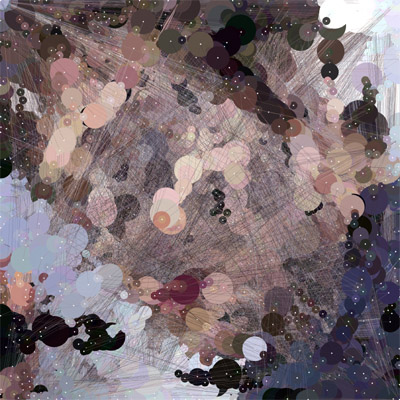Since I am too busy handling things for LIFT06, I just managed to reach my mac for typing few quotes: "Lost for example is designed as a video game although it is a tv series. There is the creation of a virtual space that makes people react and try to figure out and decrypt." Bruno Guissani
"A camel is a horse designed by committee" Jeffrey Huang quoting Alec Issigonis.
"20-30% of the workers in the video game creation industry in France have picked up and moved to Canada in recent years." Pierre Carde
"Easyjet had made more connected europeans than the European Union" Thomas Madsen-Mygdal
"unlike what friedman says, the world is not flat, but rather spiky" Pierre Carde quoting Richard Florida
"Innovation lab is a physical blog on speed" Thomas Sevcik
"...and spimes may lead to teddy-bear supporting machines... a rothweiler kicking the shit out of a teddy bear" Bruce Sterling
"IM and VoIP are supporting continuous communication" Stefana Broadbent
"It's not longer learning anywhere anytime, it's learning SOMEWHERE; we are social animals" Pierre Dillenbourg
"why MS is not advertising in women magazines" Anina
"... those fake art projects [presented by Regine Debatty] reminds me Piaget's work with counter-examples" Stefana Broadbent
"was there greenpeace movement before tv?" David Galipeau
"Games are bloody repetitive and boring" Kelly Richdale
"SMS is to tell you I miss you, Email is to organise our dinner, Voice is to say I’m late, and IM is to continue our conversation" Stefana Broadbent



.jpg)


 This makes game development more realistic (through the lens), the point is now to create games with specific tags as in this case. I'd love to have such a feature on my DS.
This makes game development more realistic (through the lens), the point is now to create games with specific tags as in this case. I'd love to have such a feature on my DS.







